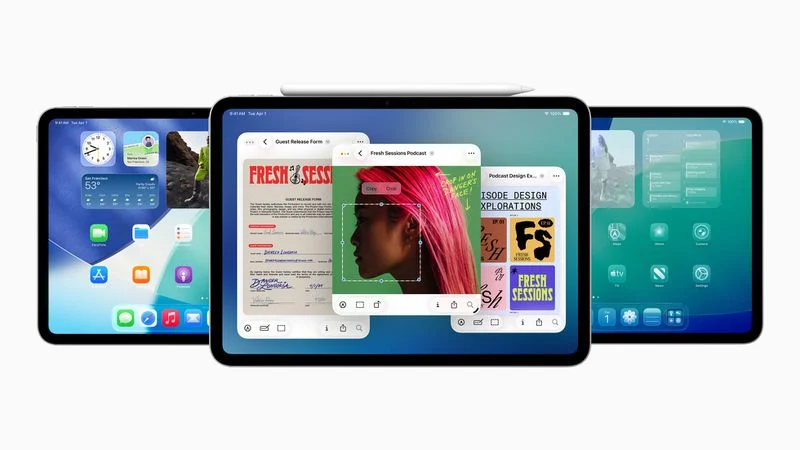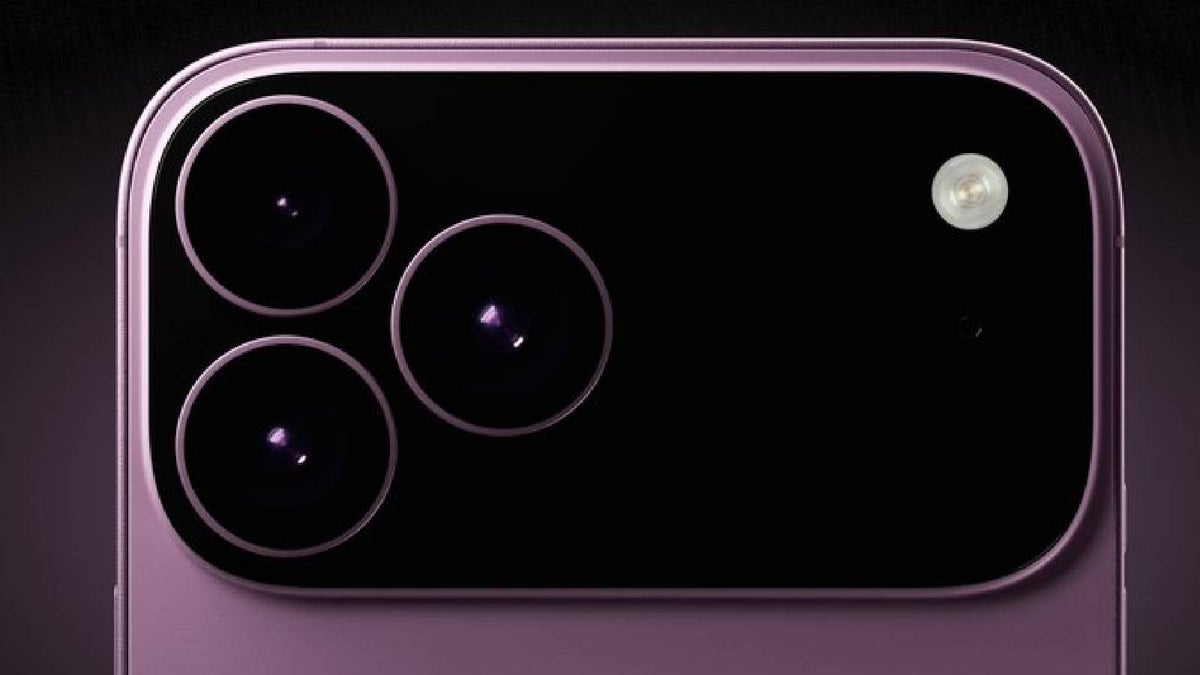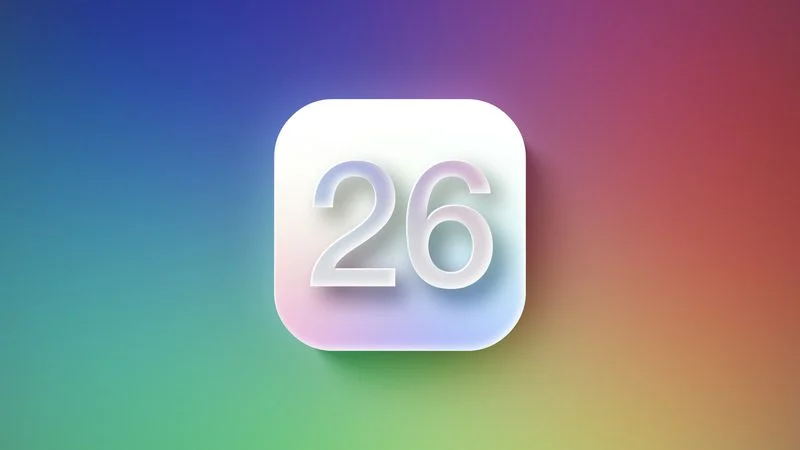Apple is planning to make the Dynamic Island smaller on its iPhone 18 Pro models, according to recent rumors. The Dynamic Island, the pill-shaped notch introduced with the iPhone 14 Pro in 2022, might shrink in size next year thanks to under-screen Face ID technology.
This would leave just a tiny camera hole for the front-facing camera, giving the screen a cleaner look. Bloomberg’s Mark Gurman says Apple will reduce the Dynamic Island’s size in 2026, with a completely redesigned iPhone planned for 2027, marking the iPhone’s 20th anniversary. That model could feature a seamless, all-screen design with no cutouts.
However, display expert Ross Young notes that some Face ID parts might still be visible, keeping a smaller Dynamic Island instead of removing it entirely. There’s also talk about whether the camera hole will stay centered or move to the top-left corner. These changes aim to give users more screen space and a sleeker design.
While some reports, like one from The Information, suggest the Dynamic Island could disappear, multiple sources agree a smaller version is more likely for the iPhone 18 Pro and Pro Max. Apple’s focus on under-screen tech shows its push toward a futuristic, all-screen iPhone, but we’ll need to wait for 2026 to see how it turns out.






